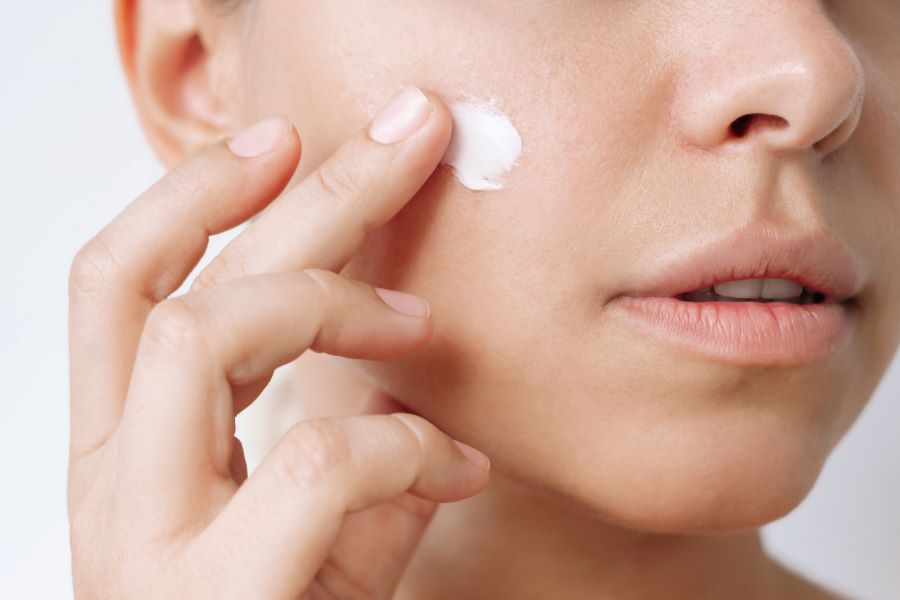Melasma Treatment Options for Skin Pigmentation
Melasma is a common pigmentary condition that causes brown to gray-brown patches, most often on the face. Treatment aims to reduce visible pigmentation, prevent recurrence, and address underlying triggers such as hormones or sun exposure. Approaches range from topical therapies to in-clinic procedures and lifestyle adjustments, and results vary by skin type and cause.

This article is for informational purposes only and should not be considered medical advice. Please consult a qualified healthcare professional for personalized guidance and treatment.
What is melasma and who gets it?
Melasma is a pattern of hyperpigmentation that typically appears on sun-exposed areas of the face—cheeks, forehead, upper lip, and chin. It is more common in people with darker skin tones and often occurs or worsens during pregnancy or with hormonal treatments. Sun exposure, genetic predisposition, and certain medications can trigger melasma. Because melasma is a chronic and sometimes recurrent condition, management usually combines immediate pigment reduction with long-term preventive measures.
How does melasma affect the skin?
Melasma affects the skin by increasing melanin production in localized areas of the epidermis and sometimes the dermis. This creates patchy, uneven pigmentation rather than a uniform tan. The pattern and depth of pigment—epidermal, dermal, or mixed—help determine which treatments are likely to be most effective. A clinician may use tools such as Wood’s lamp inspection or dermoscopy to assess pigment depth before recommending a course of action.
Why does pigmentation occur in melasma?
Pigmentation in melasma results from overactive melanocytes (melanin-producing cells) responding to triggers. Ultraviolet and visible light stimulate melanogenesis, while hormonal factors—especially estrogen and progesterone—can amplify pigment production. Inflammation, certain cosmetics, and some medications may also contribute. Because many triggers are ongoing, pigment reduction often requires sustained intervention and ongoing sun protection to prevent relapse.
What topical treatment options are available?
Topical treatments are typically the first-line approach for melasma. Ingredients with evidence of benefit include hydroquinone (a melanin synthesis inhibitor), azelaic acid, kojic acid, tranexamic acid (topical form), and retinoids that increase cell turnover. Combination creams often pair a lightening agent with a retinoid and mild steroid for short-term control. Over-the-counter and prescription options vary in strength and suitability for different skin types, so selection should be guided by a clinician to reduce side effects like irritation or paradoxical pigmentation.
When is laser treatment considered for melasma?
Laser or light-based treatments are considered when topical therapies are insufficient or when a mixed-depth pigmentation pattern requires deeper intervention. Some laser systems target melanin directly, while others aim to remodel skin or reduce vascular contributions. Laser treatment can be effective but carries risks—especially in darker skin types—such as post-inflammatory hyperpigmentation or rebound pigmentation. Treatment typically involves multiple sessions and careful pre- and post-procedure care, and is best performed by clinicians experienced in treating pigment disorders.
How to combine treatments and maintain results
Combining skin care, procedural treatment, and preventive habits often yields the best outcomes. A typical plan includes a medically guided topical regimen, strict sun protection with broad-spectrum sunscreen and physical barriers, and occasional in-clinic procedures (chemical peels, microneedling, or selective lasers) when appropriate. Maintenance usually requires continued use of topical agents and sun avoidance because melasma frequently recurs with renewed exposure or hormonal changes. Patient education about realistic timelines—often several months to see marked improvement—is important for adherence.
Conclusion
Melasma treatment is multimodal and tailored to pigment depth, skin type, triggers, and patient preferences. Topical therapies remain foundational, with procedural options such as lasers reserved for selected cases due to potential risks. Long-term maintenance, sun protection, and management of underlying triggers are essential to reduce recurrence and sustain improvements.






